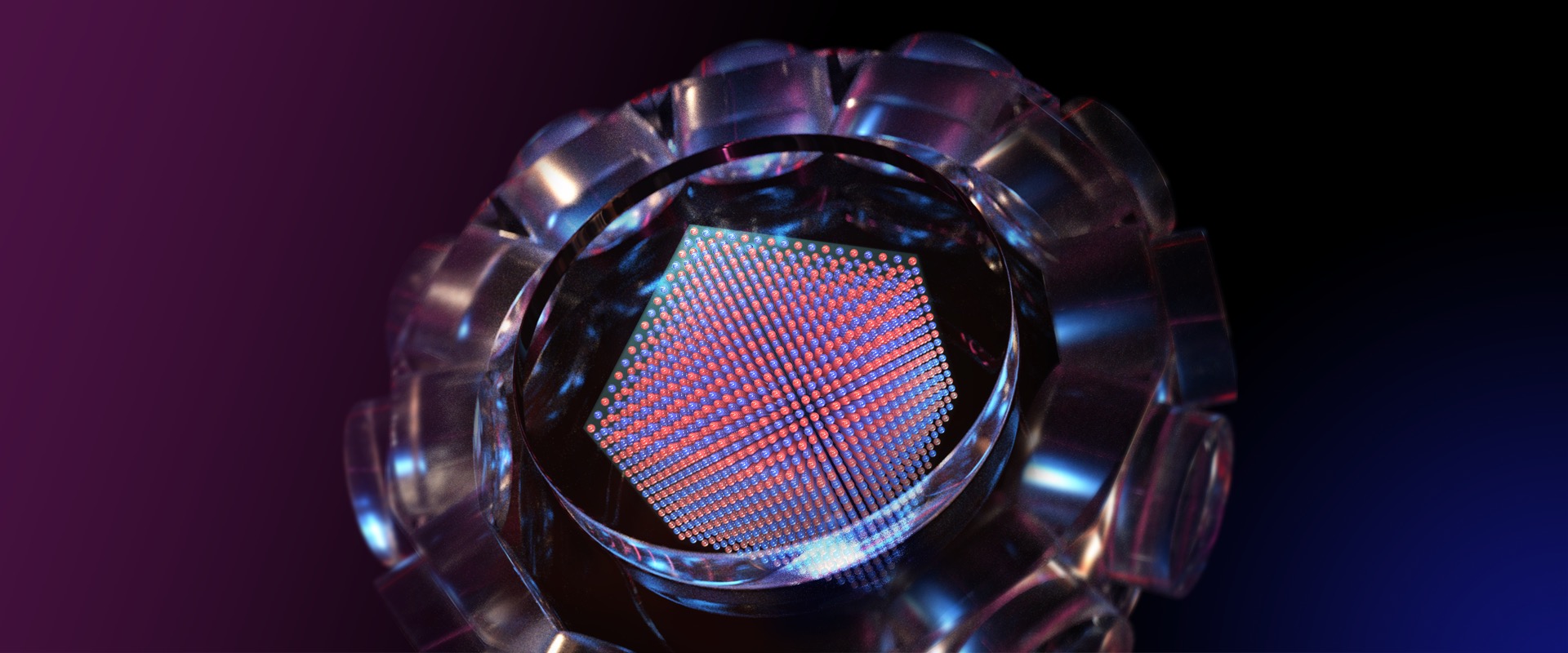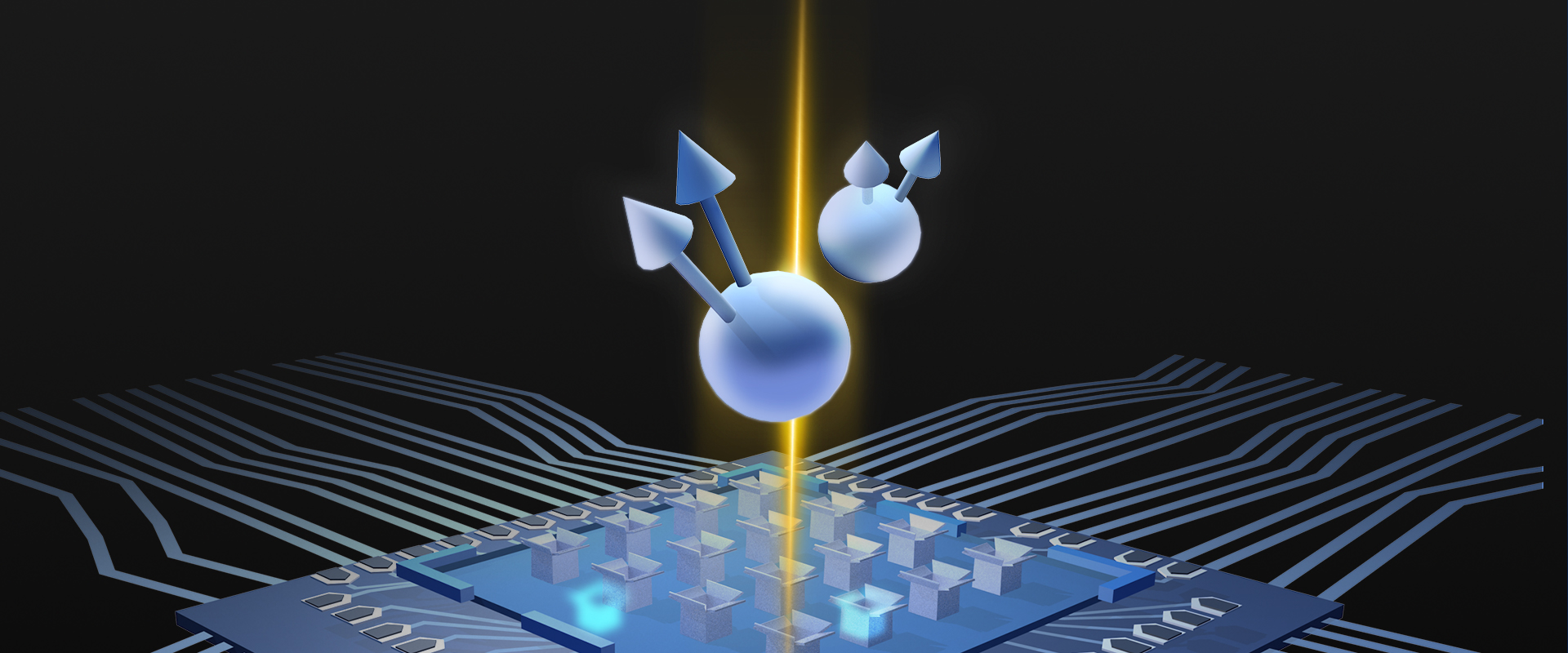

Chinese scientists unveiled a superconducting quantum computer prototype named "Zuchongzhi 3.0" with 105 qubits on Monday (Beijing Time), marking a breakthrough in China's quantum computing advancements. The achievement also sets a new record in quantum computational advantage within superconducting systems.
China set a new domestic record on Thursday with the launch of the "Tianyan-504" superconducting quantum computer equipped with the 504-qubit "Xiaohong" chip, marking a significant milestone in the field of quantum computing.
Researchers from the University of Science and Technology of China and the University of Hong Kong, constructed a coherent superposition of quantum evolution with two opposite directions in a photonic system, and confirmed its advantage in characterizing input-output indefiniteness.

A research team from the University of Science and Technology of China has, for the first time, observed the antiferromagnetic phase transition within a large-scale quantum simulator of the fermionic Hubbard model.

Chinese researchers have taken a significant step toward unlocking the potential of quantum computing by achieving a breakthrough in simulating a complex quantum state using photons. Scientists at the University of Science and Technology of China, in Hefei, Anhui province, successfully realized the fractional quantum anomalous Hall state with photons, a feat previously only observed in electrons under specific conditions. Their findings were published in the journal Science on May 3.

A team of Chinese scientists have created the world's first memory-memory entanglement in a multi-node quantum network over a metropolitan area. The advancement increased it from a mere tens of meters to a substantial distance of tens of kilometers -- an enhancement spanning three orders of magnitude.

86-10-68597521 (day)
86-10-68597289 (night)

52 Sanlihe Rd., Xicheng District,
Beijing, China (100864)

